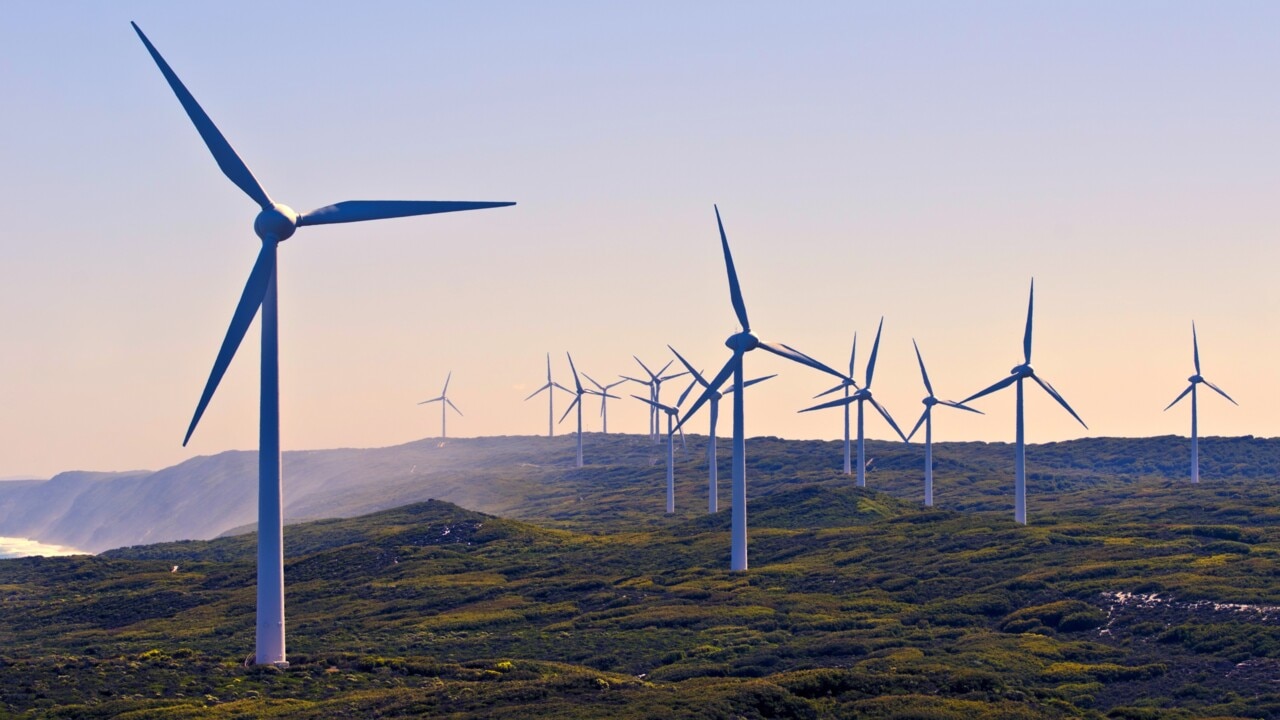Australia’s emissions and energy: Everything you need to know
What does the future hold for Australia as it confronts the carbon emissions challenge head on? EVERYTHING YOU NEED TO KNOW

What does the future hold for Australia as it confronts the carbon emissions challenge head on?
It was reported in September 2023 that the coal industry was ploughing hundreds of millions of dollars to pinpoint and develop low-emission technology to extend the life of crucial base load electricity generators and slash manufacturing industry carbon emissions.
Australia’s black coal producers committed $550m since 2006 to developing measures to capture carbon, then store, re-use or prevent emissions.
Almost two-thirds of Australia’s coal-fired electricity generators are expected to close before 2033, triggering warnings from the national power grid operator that reliability will be at risk without “imminent and urgent investment”.
Coal is the largest fuel source for the world’s power, at 38 per cent, so the International Energy Agency says carbon capture technologies are important for reducing the total cost of transforming electricity grids and maintaining stable supply.
Coal royalties are bolstering state budgets in Queensland and NSW. A $15.3bn coal royalties windfall in June’s Queensland budget enabled the nation’s largest state budget surplus – $12.3bn – and at least $550 in energy rebates for every Queenslander.
In February 2024 Queensland Premier Steven Miles outlined his ambitious 75 per cent emissions reduction target, sparking a fresh war of words.
Carbon Capture and Storage (CCS) involves technology to capture carbon dioxide and store it safely underground, including directly from large emission sources like coal-fired electricity plants.
“There is no silver bullet to net zero, no single way of getting to net zero – we need all the technologies to get to reach this goal and CCS will play a key role because it can prevent more than 95 per cent of CO2 emissions entering the atmosphere,” LETA CEO Mark McCallum said
The Global CCS Institute, an industry think tank, says the technology will be particularly important for hard-to-abate sectors like cement and steel production, in which no other viable solutions exist for removing carbon dioxide.
But what does it all mean? And how do we get to our targets?
We answer all your key questions below >>>
Click here to find all the stories in Future Energy campaign
How much of Australia’s energy comes from coal?
The Australian Government’s energy website states: “Fossil fuels contributed 71% of total electricity generation in 2021, including coal (51%), gas (18%) and oil (2%). Coal’s share of electricity generation has declined from 83% in 1999-00 while the shares of natural gas and renewables has increased. Renewables contributed 29% of total electricity generation in 2021.”
What will replace coal in Australia?
As of 1995-96, “renewables” accounted for roughly 10 per cent of Australia’s energy generation.
That number went down to less than 10 per cent by 2000-01, however has steadily grown since.
In 2021, 29% of Australia’s total electricity generation was from renewable energy sources, including solar (12%), wind (10%) and hydro (6%).
The share of renewables in total electricity generation in 2021 was the highest on record, with the previous peak being 26% in the mid-1960s.
“Black coal”, meanwhile, has fallen from 60 per cent in 1995-96 to about 40 per cent as of 2021.
Source: energy.gov.au
How energy efficient is coal?
According to Energy Matters:
“In terms of environmental impact, solar energy is the most efficient. However, coal and natural gas are more efficient regarding reliable uses. Solar panels typically have an efficiency of 15% to 22%, which is improving with technological advancements. In contrast, coal has an efficiency of up to 40% and natural gas efficiency of up to 60% — the remaining energy in fossil fuels and coal is lost in heat and forever.”
Is coal more efficient than solar?
Because only 22% of the total energy interacting with solar panels is converted to electrical energy, you’ll need more panels if you require more energy production.
How much does Australia contribute to carbon emissions?
Australia’s National Greenhouse Gas Inventory in August 2022 estimated Australia’s total greenhouse gas emissions for the year to March 2022 were 487.1 Mt CO2-e, up 1.5% or 7.4 Mt CO2-e) on the previous year.
This increase in emissions reflected movements across the sectors, including:
■ Ongoing reductions in emissions from electricity
■ Increased transport emissions reflecting a continuing recovery from the impacts of Covid restrictions on movement
■ Increased emissions from stationary energy (excluding electricity), agriculture, and fugitive emissions
Emissions in the year to March 2022 were 21.6% below emissions in the year to June 2005 (the baseline year for Australia’s 2030 target under the Paris Agreement).

How much of Australia’s energy is renewable?
Clean Energy Australia reported that renewable energy accounted for 35.9 per cent of Australia’s total electricity generation, up from 32.5 per cent in 2021.
That figure had more than doubled since 2017, when renewable energy accounted for just 16.9 per cent of generation.
What is the main source of renewable energy in Australia?
Solar and wind have been the primary drivers in more than doubling renewable generation expansion over the last decade.
Small-scale solar generation grew 29% in 2021, and by an average of 28% per year over the last 10 years.
Wind generation grew 19% in 2021 and by an average of 15% per year over the last decade.
Hydro power output has fluctuated around a fairly consistent level according to rainfall and market conditions, losing predominance as generation sources diversified.
Source: www.energy.gov.au/data/renewables
Can Australia go 100% renewable energy?
In 2021 a report from the Australian Energy Market Operator declared renewables could meet 100 per cent of consumer demand for electricity at certain times of the day by 2025 if large-scale wind and solar development continued at current rates.
Aemo’s annual grid reliability snapshot notes the penetration of renewable generation in Australia reached a record high of 57 per cent twice in 2021.
Meanwhile the Parliament of Australia website stated: “(With) technologies and robust policies, an expanded renewable energy base is possible for Australia. According to Beyond Zero Emissions, 100 per cent renewable energy supply is technically possible by 2020 using only proven technologies, at a cost of $370 billion over 10 years.”
Website cyanergy.com.au claimed that infrastructure, intermittency and political will were the three main challenges to get to 100 per cent renewable energy.
What is the 82% renewable energy target in Australia?
The figure first emerged through modelling the Labor Party did while in Opposition.
In the lead up to the 2022 Federal Election, the ALP commissioned RepuTex, an energy economics consultant, to model the impacts of its Powering Australia Plan. Key to this was Labor’s Rewiring the Nation policy – a $20 billion fund to accelerate investment in electricity transmission projects.
RepuTex predicted that the successful implementation of this policy would increase overall renewable generation in the National Electricity Market (NEM) to 82 per cent by 2030.
In turn, this increased NEM renewable penetration would help Australia reach its updated 43 per cent by 2030 total carbon pledge.
Source: www.energycouncil.com.au
Originally published as Australia’s emissions and energy: Everything you need to know



